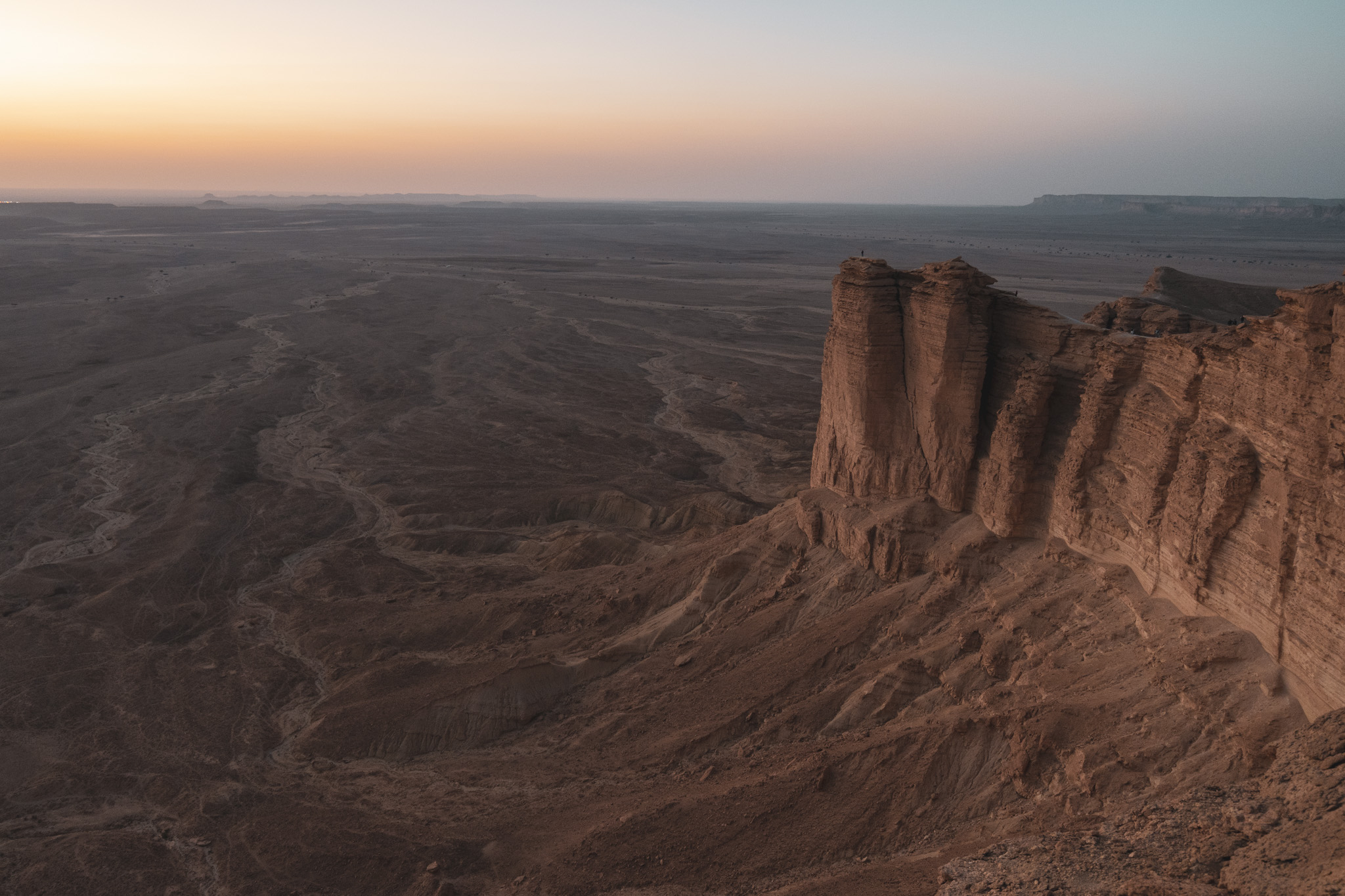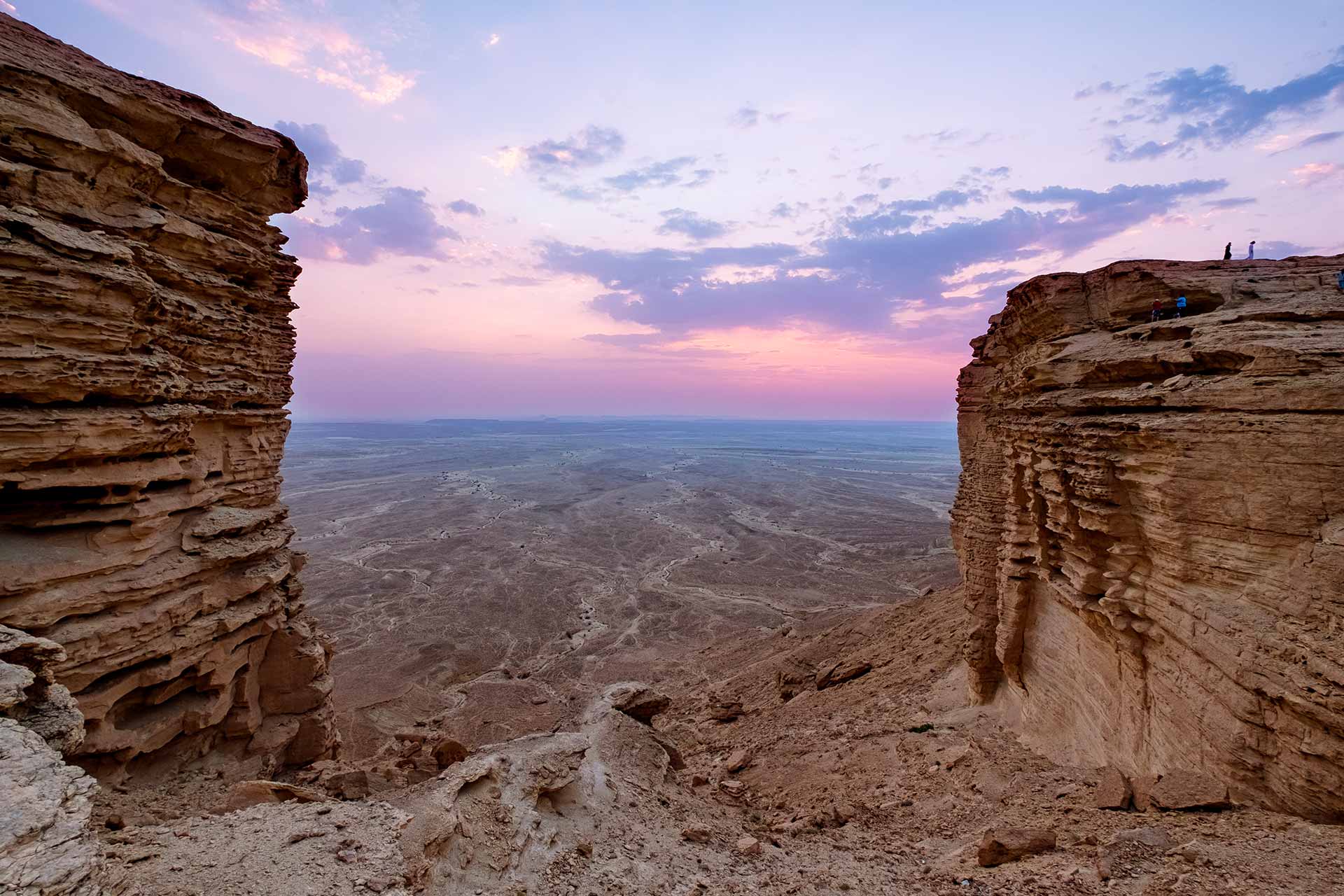
.jpg)
EDGE OF THE WORLD MAC
Mac has filmed his entire odyssey, breaking it up into separate YouTube episodes, which now make up four seasons. That way, I would know that, as long as I walk in the direction opposite the needle’s point, I am headed in the right direction.” “The compass always points toward the original spawn point. “Most important, I brought a compass,” he said. He gathered the materials to craft a sword, for protection, and a pickax, for digging rudimentary shelters to hide from the game’s lethal nocturnal terrors. Mac’s preparations for the hike were basic. “Had I known that the Far Lands were so many thousands of kilometres away, I might have been more hesitant.” “In my ignorance, I thought the journey might take a year or so,” Mac told me.

It was exactly what Mac had been searching for: he changed the name of his YouTube channel to Far Lands or Bust!, and he set off to see them for himself. As he cast about for a fresh angle to distinguish his episodes from those of other YouTube Minecraft-casters, he came upon Persson’s post. Around that time, inspired by the legions of Minecraft players who record and broadcast their adventures, Mac started a YouTube channel to document his virtual exploits.
EDGE OF THE WORLD CODE
In March, 2011, Persson wrote a blog post about the problem in the game’s source code and the mysterious area where Minecraft’s world begins to warp and disintegrate, which he calls the Far Lands. “But I did the math on how likely it was people would ever reach it, and I decided it was far away enough that the bugs didn’t matter.” “Pretty early on, when implementing the ‘infinite’ worlds, I knew the game would start to bug out at long distances,” Persson told me. Markus Persson, the game’s creator, planned for these worlds to be infinitely large: if a player kept walking in a single direction, the game would create more of the world in front of him, like an engineer forever laying track for an advancing train.īut, at extreme distances from a player’s starting point, a glitch in the underlying mathematics causes the landscape to fracture into illogical shapes and patterns. Minecraft’s universe is procedurally generated, meaning that an algorithm places each asset-every hill, mountain, cave, river, sheep, and so on-in a unique arrangement every time a new game is loaded, so that no two players’ worlds are exactly alike.

It is primarily a game about human expression: a giant, Lego-style construction set in which every object can be broken down into its constituent elements and rebuilt in the shape of a house, an airship, a skyscraper, or whatever else a player can create. In the four years since its initial release, Minecraft has become a phenomenon that is played by more than forty million people around the world, on computers, smartphones, and video-game consoles.


 0 kommentar(er)
0 kommentar(er)
